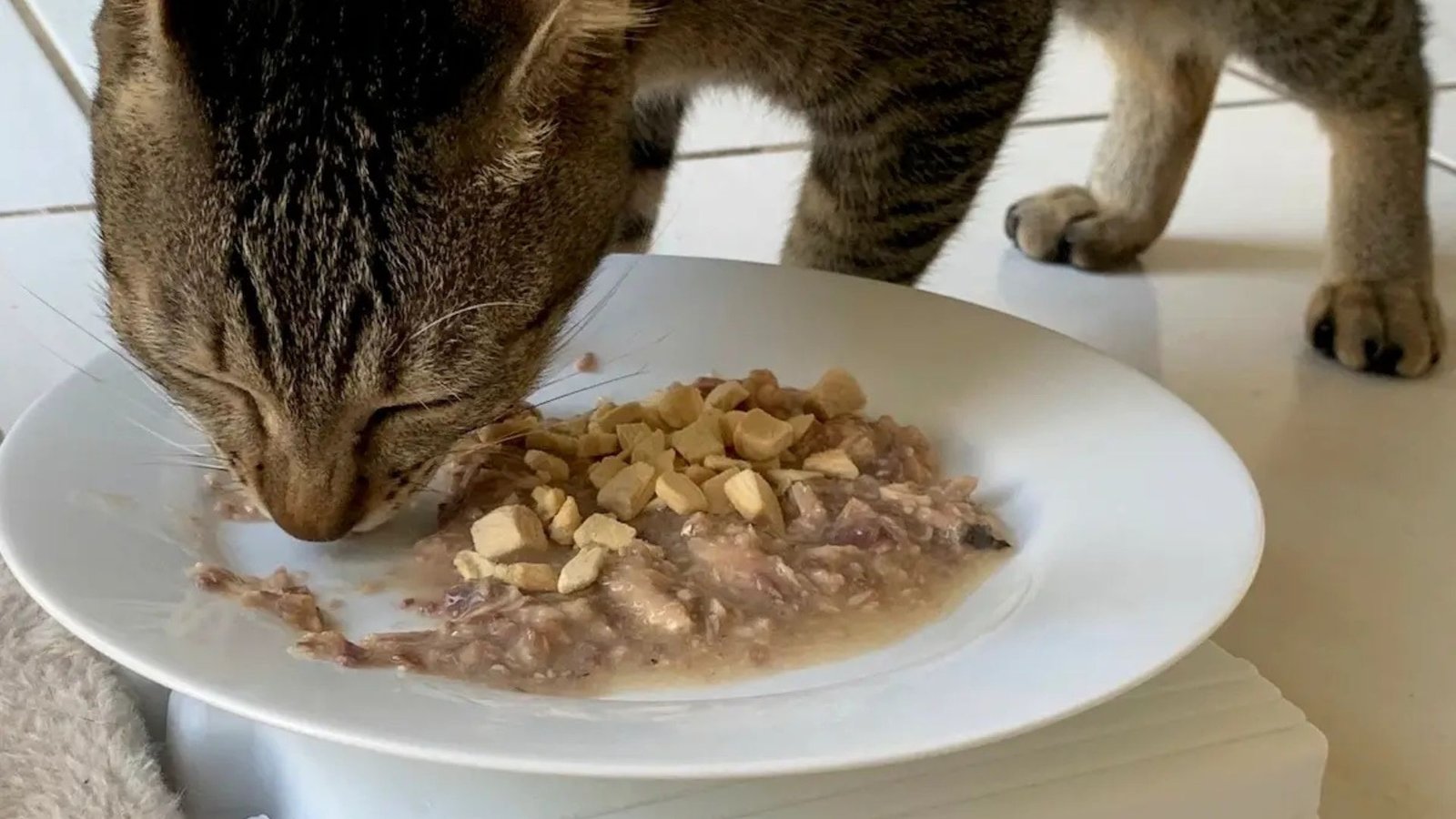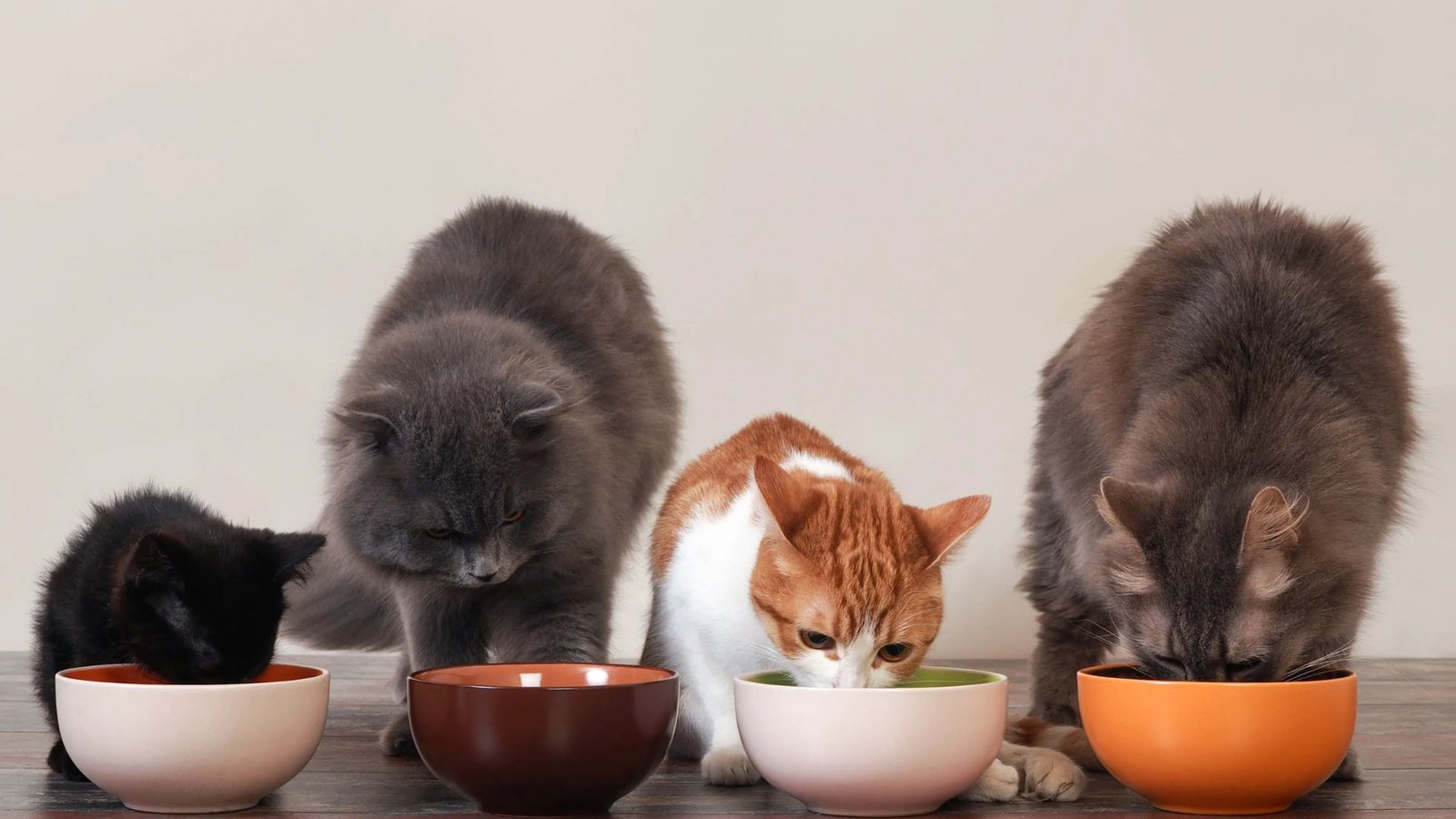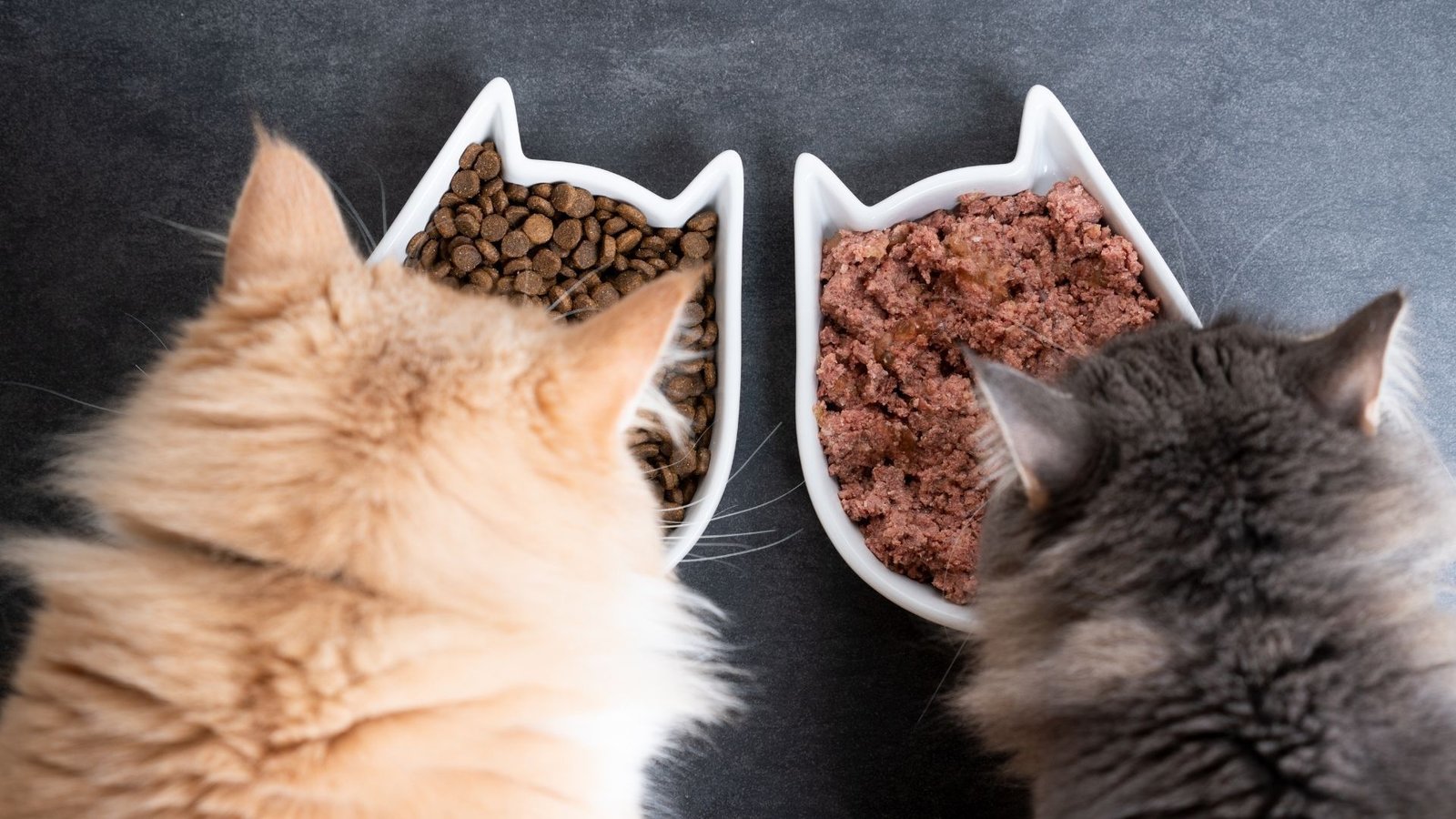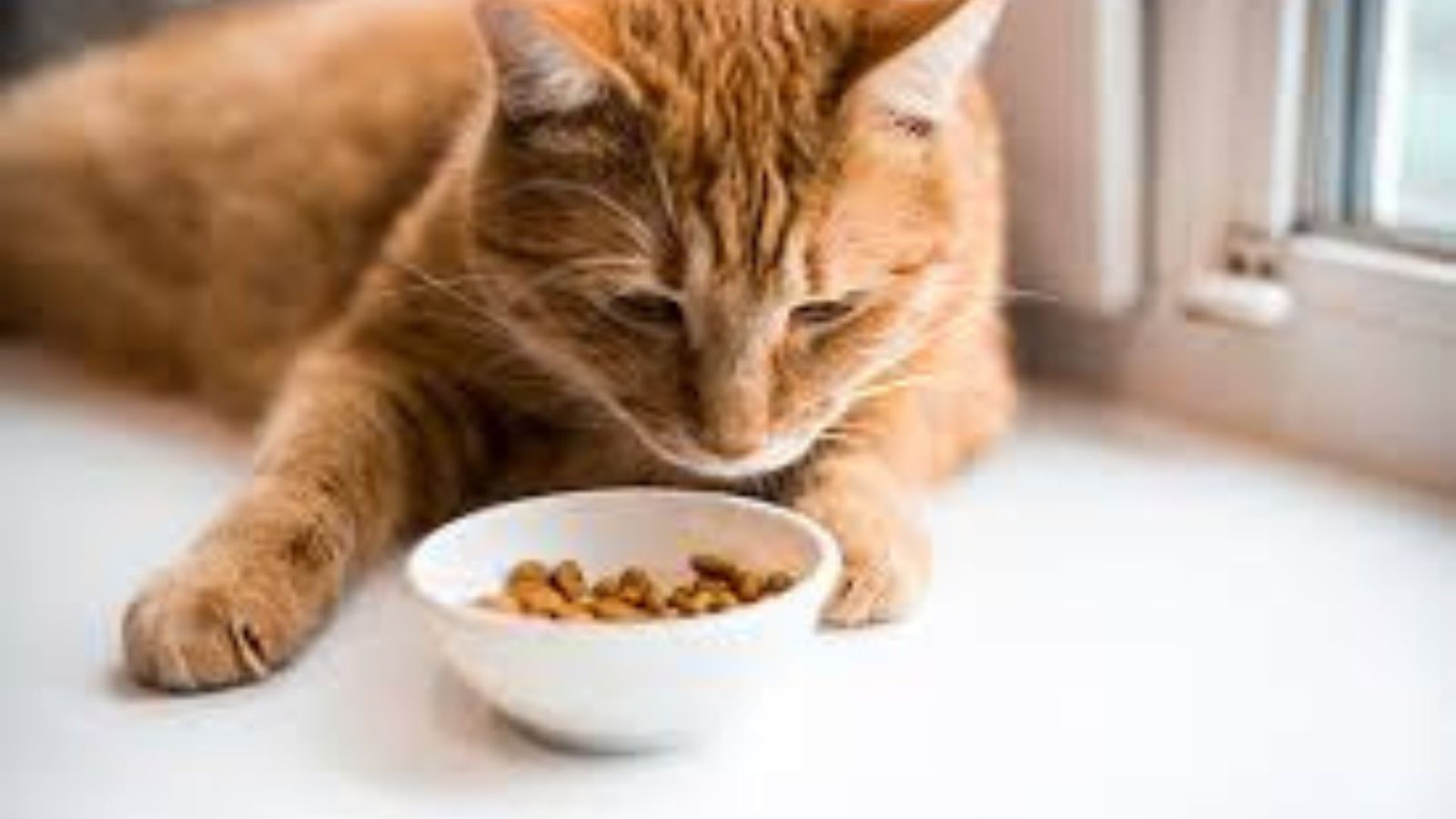Changing your cat’s food can be a bit tricky. Cats have sensitive stomachs, and a sudden change in their diet can lead to digestive issues like vomiting, diarrhea, or a lack of appetite. To avoid these problems, it’s important to transition to new cat food gradually. This gives your cat’s digestive system time to adjust to the new ingredients.
In this guide, we’ll walk you through the best way to transition your cat to new food step by step, ensuring a smooth and stress-free process for both you and your feline friend.
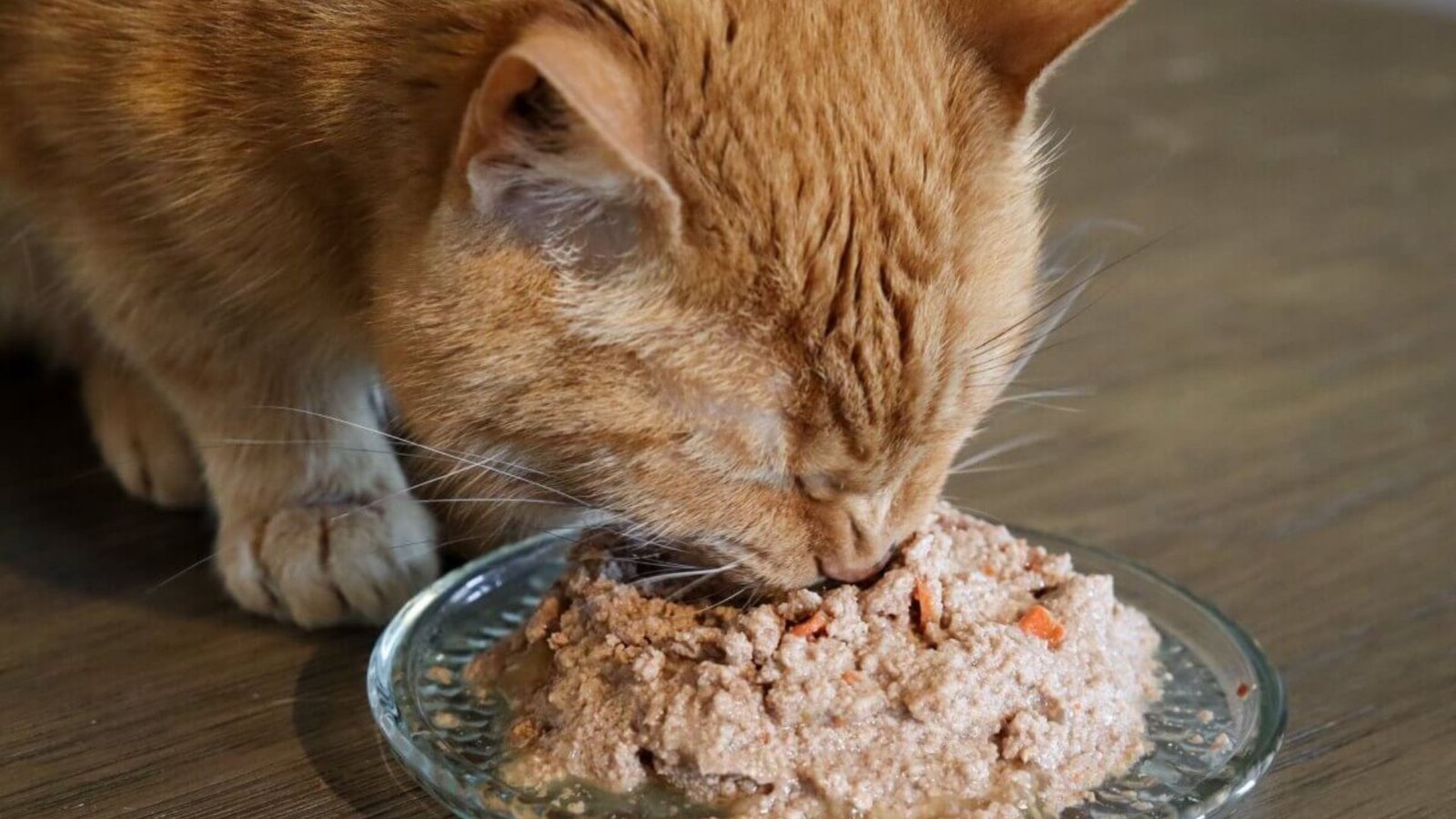
Why Is It Important to Transition Cat Food Gradually?
Transitioning slowly allows your cat’s stomach to adjust to the new cat food without causing digestive upset. Sudden changes can irritate the digestive tract, leading to issues like:
- Diarrhea or vomiting: A sudden diet change can overwhelm your cat’s system, causing digestive issues.
- Loss of appetite: Cats can be picky eaters, and they may refuse to eat if the change is too drastic.
- Stress: Cats are creatures of habit, and they don’t always respond well to sudden changes.
To avoid these problems, a gradual transition will make the process easier on your cat’s digestive system.
Step-by-Step Guide to Transitioning Cat Food
Step 1: Start Slowly with Small Amounts of the New Food
Start by mixing a small amount of the new food with your cat’s current food. The goal is to let your cat get used to the new taste and texture while still maintaining their usual diet.
- How Much to Mix: Start with 25% new food and 75% old food. This small amount will allow your cat to gradually get used to the new flavors and ingredients without overwhelming their digestive system.
Step 2: Increase the New Food Over Time
After 2-3 days, begin to increase the amount of new food and decrease the old food. Each day, slowly adjust the ratio of new food to old food.
- Day 1-3: 25% new food, 75% old food
- Day 4-6: 50% new food, 50% old food
- Day 7-9: 75% new food, 25% old food
- Day 10+: 100% new food
This gradual process gives your cat’s digestive system time to adapt to the new diet. If your cat seems to handle the change well, you can stick to the schedule and complete the transition in about 7-10 days.
Step 3: Monitor Your Cat’s Response
As you transition the food, carefully observe your cat for any signs of digestive upset. Common symptoms of an upset stomach during the transition include:
- Vomiting
- Diarrhea
- Decreased appetite
- Lethargy or irritability
If your cat shows any of these symptoms, slow down the transition. If necessary, go back to a 25% new food and 75% old food ratio for a few more days to help your cat adjust.
Step 4: Be Patient and Consistent
Every cat is different. Some cats may adjust quickly, while others may take more time. Be patient with your cat, and don’t rush the process. Consistency is key. Try not to skip steps or change the pace if your cat is doing well. Sudden changes can cause more stress.
If you need to slow the process down, that’s okay. It’s better to take longer than to risk causing digestive problems.
Step 5: Consider a Mixing Method for Picky Eaters
Some cats are more sensitive to new foods than others. If your cat is particularly picky, try these tips to make the transition easier:
- Warm the food: Slightly warm up the new food to make it more aromatic and appealing to your cat.
- Mix with wet food: If you are switching to dry food, mix in a little wet food to make the new food more palatable.
- Add flavor enhancers: Some cats love food toppers like bone broth, tuna juice, or chicken broth (without onions or garlic) to entice them to eat the new food.
Things to Keep in Mind During the Transition
1. Stick to the Same Type of Food
If you’re changing from one brand of food to another, it’s important to keep the same type of food (wet to wet, or dry to dry). Switching between dry and wet food at the same time can make it harder for your cat to adjust. Focus on one change at a time.
2. Watch for Allergic Reactions
If your cat has a sensitive stomach or known food allergies, make sure the new food doesn’t contain any ingredients that could cause a reaction. If you notice symptoms like itchy skin, ear infections, or excessive licking, consult your vet and discontinue the new food.
3. Consult Your Vet
If your cat is older or has health issues, it’s always a good idea to consult with your veterinarian before changing their diet. Your vet can recommend the best food for your cat’s specific needs and guide you on how to make the transition safely.
What to Do If Your Cat Refuses the New Food
If your cat refuses to eat the new food entirely, don’t panic. Cats can be very particular about their food. Here’s what you can try:
- Try a Different Flavor: Sometimes, the specific flavor of the new food might not appeal to your cat. Try offering a different flavor or protein source.
- Increase Wet Food: If you’re transitioning to dry food, try adding more wet food to make the meal more appealing.
- Gradual Introduction: Some cats need more time to adjust. Return to a smaller amount of new food and increase it more gradually over a longer period.
Conclusion
Transitioning your cat’s food gradually is the best way to avoid digestive issues and ensure a smooth change. Start by mixing a small amount of the new food with the old food, and slowly increase the new food while decreasing the old food over a 7-10 day period. Be patient, monitor your cat’s response, and don’t hesitate to consult with your vet if you run into any problems.
By following these steps, you can help your cat adjust to their new diet without unnecessary stress or digestive upset. A well-planned food transition will ensure your cat stays healthy, happy, and well-nourished.

